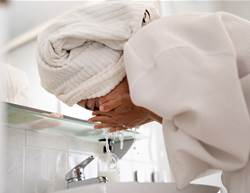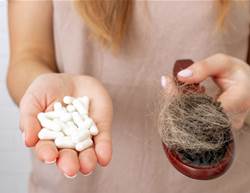While you can't control the temperature outside, you can avoid these pitfalls.
If you have eczema, you might just think that winter and skin woes go hand in hand. But it doesn’t have to be that way.
Eczema-prone skin lacks the normal barrier that helps protect skin against irritants and bacteria, as well as retain moisture. That makes it extra-sensitive year-round—but cold, dry weather and all the stuff that comes with it (endless hand-washing! Heavy sweaters!) can often make the situation worse.
Here’s the good news: While you can’t control the weather, you can have a serious impact on how your skin reacts. Avoid these common cold-season pitfalls, and you just might find that dryness, redness, and itchiness is less of a big deal this year.
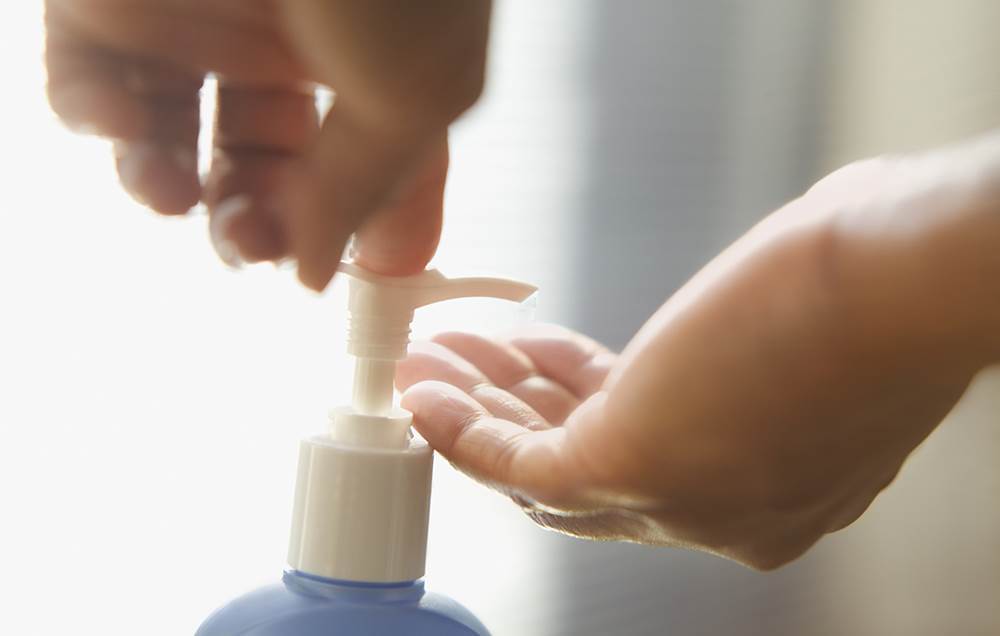




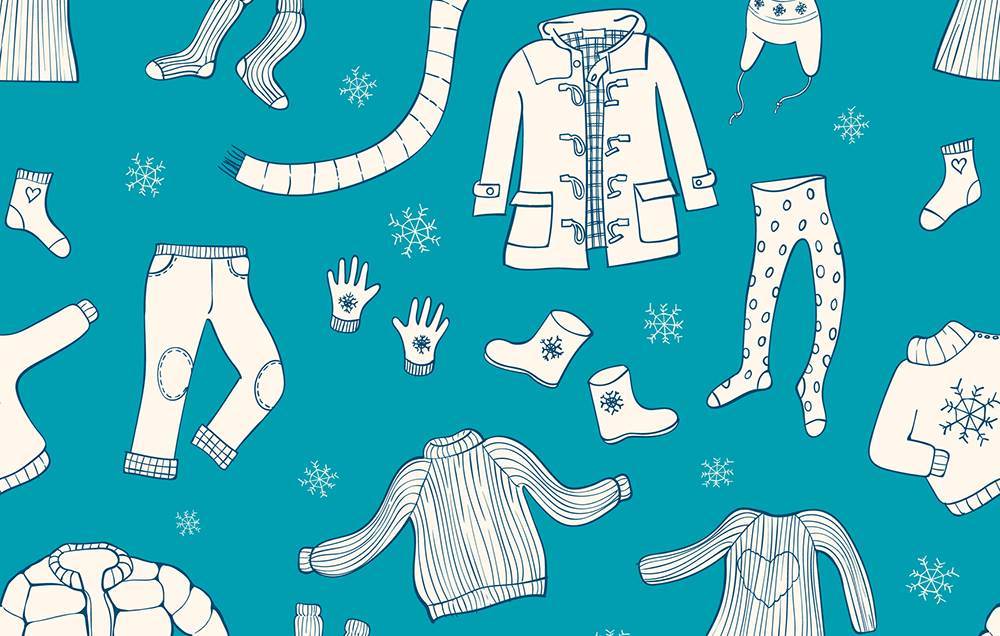
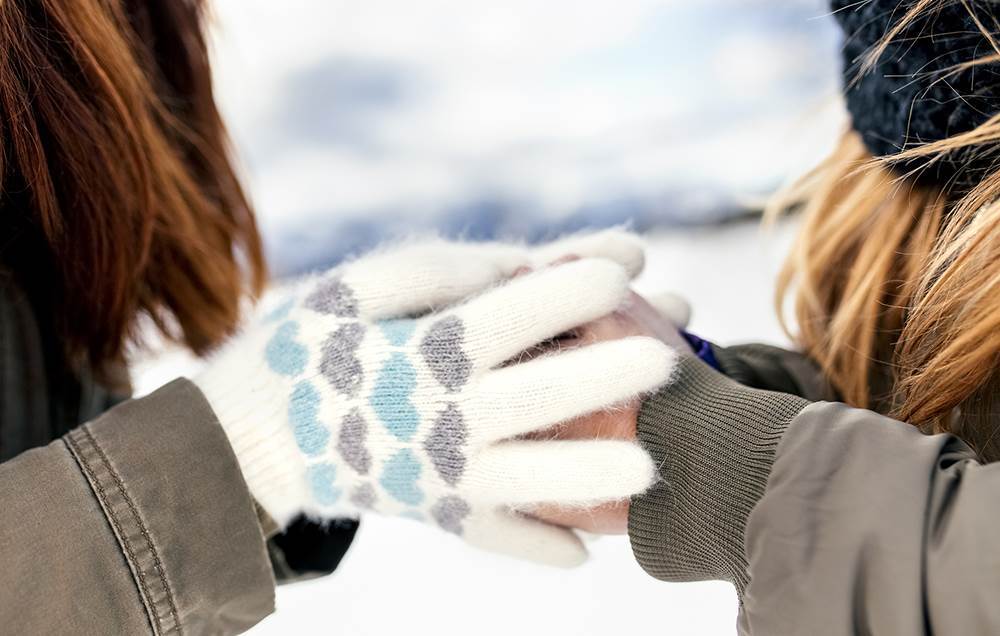
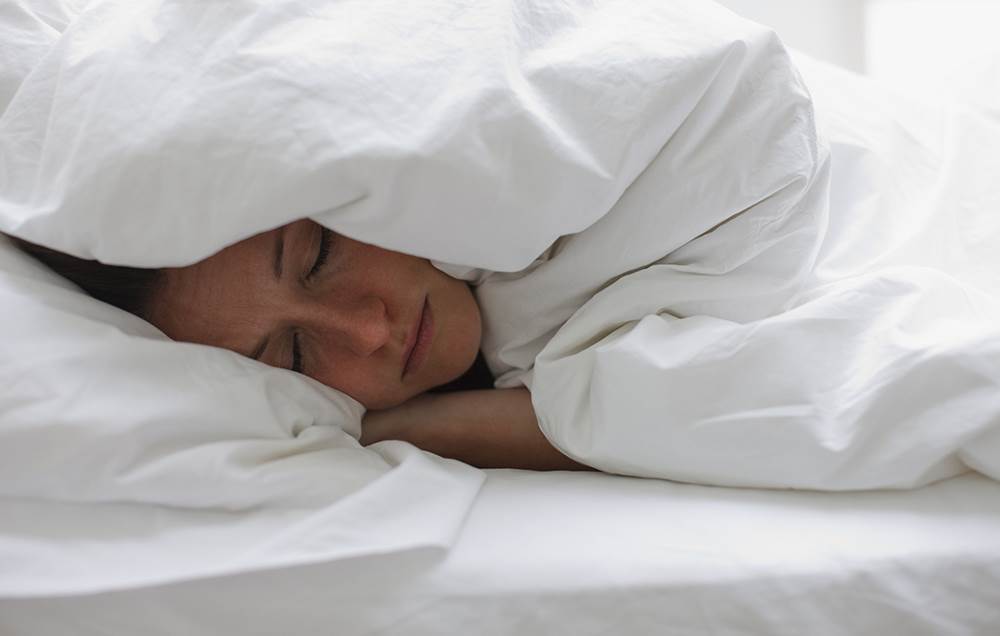
Photograph by Getty Images
Using the wrong moisturiser
That sugar cookie-scented lotion might seem luxurious, but it’s not doing your skin any good. Added fragrance tends to irritate eczema-prone skin, so it’s best to stick with varieties that are labeled “fragrance-free.”
While you’re looking for the perfect moisturiser, keep an eye out for key ingredients that will help keep flare-ups at bay, suggests dermatologist Dr Melanie Palm. Hyaluronic acid attracts water and locks in moisture to help keep skin from drying out, while ceramides are cholesterol-derived proteins that will help repair skin’s barrier to ease redness and irritation.
Photograph by Getty Images
Not drinking enough water
Do you cut back on the H20 when you’re chilly? Lots of folks do. But it can leave skin parched and uncomfortable—especially skin with eczema, which isn’t great at retaining moisture to begin with.
So make an effort to keep your water intake consistent throughout the year—and consider sipping even more if you start to notice unusual dryness or tightness. Eight 250mL glasses is a good place to start, but know that you might need more or less depending on your age and activity level, says Dr Robin Evans. And if cold water just doesn’t seem appealing, try hot tea or hot water steeped with fresh ginger or lemon. Both options are just as good.
Photograph by Getty Images
Washing your hands with the wrong soap
You know sudsing up regularly is key for keeping a cold or the flu at bay. But it can spell bad news for the skin on your hands. “Washing hydrates as along as the water temperature isn’t too hot. The problem is the rapid dehydration that occurs when the hands are dried,” Palm says.
The fix: Use a gentle soap with a built-in moisturiser to help hydrate your skin. And steer clear of soaps with sodium lauryl sulfate, which strips away skin’s natural oils and makes dehydration worse. Waterless, alcohol-based sanitisers are also super drying. They’re fine in a pinch, but try not to use them all the time, Palm says.
Photograph by Getty Images
Not using a humidifier
It might seem like an extra gadget you don’t actually need—but it makes a difference. During the winter, dry indoor air can suck moisture from skin, which can exacerbate dryness and itchiness, Evans explains.
Using a humidifier one of these top-rated picks) adds moisture back into the air—so less is pulled from your skin. Keep it on in your bedroom while you sleep, Evans recommends. Just make sure to clean it regularly to prevent the growth of nasty yeast or fungus. Wiping it down with white vinegar once weekly should do the trick.
Photograph by Getty Images
Licking your lips
If you do it without even thinking when it’s cold and windy, you’re not alone. And while it can temporarily nix dryness, in the long run, it’ll only make your dry-lip problem worse. “Saliva can act as a mild irritant, and furthers irritation on chapped lips,” Palm says.
Since reminding yourself not to lick likely won’t work, slather on a rich lip balm. It’ll help heal irritation and act as a barrier to keep lips hydrated so you wont want to lick them. Plain petroleum-based balms work best—just avoid anything with added flavours, scents or cooling agents like camphor or menthol. “Though initially soothing, they can make lips more inflamed,” says Palm.
Photograph by Getty Images
Wearing wool
Its warmth and breathability makes it a cold-weather staple, but the scratchy material can irritate eczema-prone skin—leaving it red and sensitive. And it’s not alone. “Cashmere, angora and viscose can cause similar problems,” Evans says.
Your best bet is to stay clear of problematic fabrics, or if possible, wear them over a cotton base layer (like a long-sleeved tee) so they won’t come into direct contact with your skin. Ultimately, it’s about doing what feels most comfortable to you, says Evans.
Photograph by Getty Images
Skipping the gloves
Yes, putting them on can be annoying. But remember: Exposure to cold, dry air is a recipe for chapped, itchy skin. Protecting it from the elements can stave off discomfort and cracking, as well as bacterial infections that are more likely to occur when skin is irritated, Evans says.
Just be sure to steer clear of fuzzy wool gloves or mittens, which could irritate your skin and end up doing more harm than good. Or if you prefer wool for warmth, try wearing a thin pair of silk gloves underneath, the National Eczema Association recommends.
Photograph by Getty Images
Sleeping under a heavy-duty blanket
It feels so good when you first hop into bed. But the sudden temperature change that happens when you inevitably wake up sweating and throw the blanket off hours later can actually trigger itching, says the National Eczema Association.
Not to say you can’t still make yourself cozy. Instead of using one megathick blanket, layer a few lighter, breathable blankets. If you get hot, you can peel them off one at a time to avoid going from one temperature extreme to the other.


.jpg&h=90&w=90&c=1&s=1)



